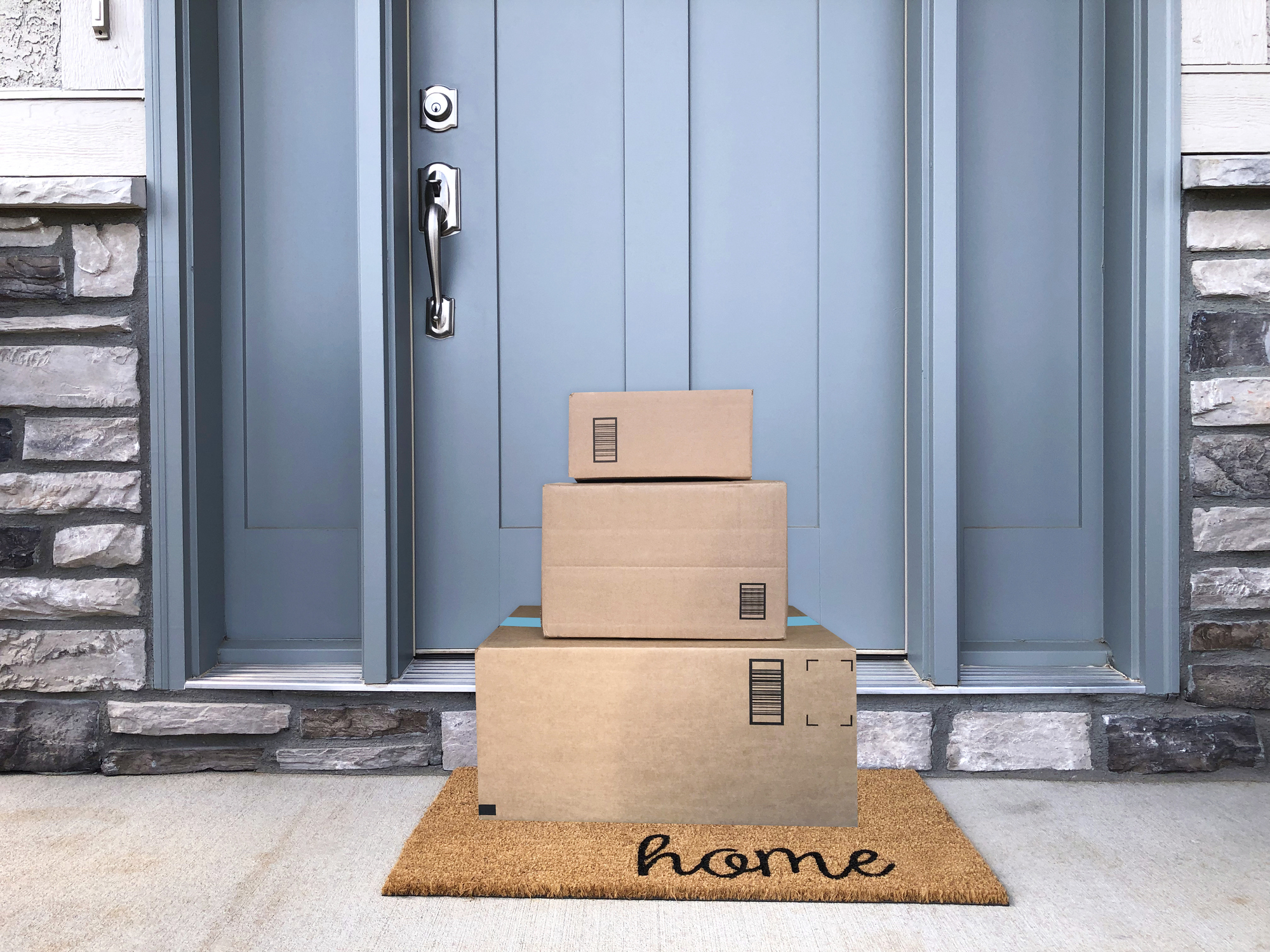
Every year, fraud on consumers, sellers, and financial service providers increases during the holiday shopping season. This year, pandemic conditions have led to the reduction of brick-and-mortar shopping, and is driving more merchants online for the first time. This massive shift to online commerce with the inevitability of holiday fraud, sets the scene for a season that promises to be more challenging than financial crimes space is probably used to seeing.
Friendly Fraud
Some of the increased risk will likely come from more consumers shopping online (some for the first time) and inexperienced merchants trying to sell to them. This is expected to fuel a rise in “friendly fraud” - where consumers request the reversal of online purchases because they don’t recall the transaction, or don’t recognize the description of the seller on their statement. In most of these cases, the purchaser’s first call is to their credit card issuer. These calls often result in a chargeback, causing merchandise losses for the merchant and resource-consuming discussions between card issuers and merchants.
Many of these calls occur after the consumer has received the purchased items; once the dispute process begins, some items are returned while the chargeback is being adjudicated. In other cases, the items are not returned and the merchant suffers a loss of the inventory and from the chargeback – a double hit. To reduce these occurrences, some issuers are deploying newer systems to help provide purchasers more information about their transactions to reduce the number of chargebacks arising from buyer confusion.
Fake Stores
Scams using fake stores can take several forms: either a totally fictitious store selling non-existent merchandise, or a name brand knock-off, offering apparently real goods at deeply discounted prices. In the case of the fictitious stores, the website addresses can be anything; in the case of the knock-off sites, the website addresses will very close to the actual business names, but slightly different.
Sometimes these sites deliver poorly made imitations of the products ordered, or nothing at all. Often times these sites accept payment only by methods other than credit cards or reliable online payment services; requiring wire transfers, money orders or gift cards. These payment methods do not have the built in consumer protections of credit cards and reliable online payment services.
Scams that Start on Social Media
An increasingly scam-filled space is social media. The Federal Trade Commission (FTC) reports that losses in 2019 from scams connected to social media reached $134 million; losses climbed to $117 million in the first two quarters of 2020. Many of these incidents involved items ordered after viewing an ad on a social media platform. These ads often take viewers to fake stores (see above).
Safe Shopping[i]
Practicing safe shopping is no different than other healthy habits, you need to understand what to do and make it a routine. Some habits to adopt include:
- Using familiar websites – start your browsing at a trusted site. Major retailers all have a robust online presence. Be watchful for misspellings or an unexpected domain for the site (e.g. .com, etc.)
- Looking for the lock – when using your credit card online, only use sites with SSL (secure sockets layer) encryption. You can tell if a site is using SSL if the URL starts with HTTPS and a locked padlock icon appears to the left of the URL.
- Not oversharing – avoid sharing your social security number or birthdate – they should never be required to shop online.
- Creating strong passwords – when shopping or banking online, create strong passwords (many sites will rate a password when you create it) or use a password manager which creates unique strong passwords for each site and manages them for you.
- Checking statements regularly – check your online account statements regularly for fraudulent transactions or those you don’t recognize; if you spot one contact your card issuer. When shopping online it is best not to use a debit card. In the event of a compromise, your related bank account could be accessed.
- Inoculating your computer – be sure your anti-malware and anti-virus software is up-to-date and turned on, and pay attention to any installation prompts – if the information doesn’t seem familiar, do your homework before hitting the install button.
- Privatizing you Wi-Fi – if you are shopping over public Wi-Fi use a virtual private network (VPN) to protect the data transmitted during your shopping transaction.
- Avoiding shopping in public – credit card information entered in a café can be hijacked by someone watching from the next table.
- Thinking mobile – using apps from major retailers avoids using websites or browsers.
- Checking the seller – if you are buying from an unknown seller, do your homework; check the Better Business Bureau and online reviews. But be careful, reviews can be misleading.
- Complaining loudly – if something bad happens, contact the seller and complain; call your credit card issuer and complain; report the incident to the FTC, the FBI or your state’s consumer protection agency.
The holidays can prove to be a stressful time of the year, especially if you’re shopping your list in a new or unfamiliar way. The last thing you’ll want to add to your list is having to try and sort out the mess fraudulent activity can present. Paying attention to the online environment (and reminding your customers about having good online shopping habits) can make your holiday shopping experience a much more secure, and happy holiday season.
[i] These suggestions are adapted from 14 Tips for Safe Online Shopping, PCMag.com

